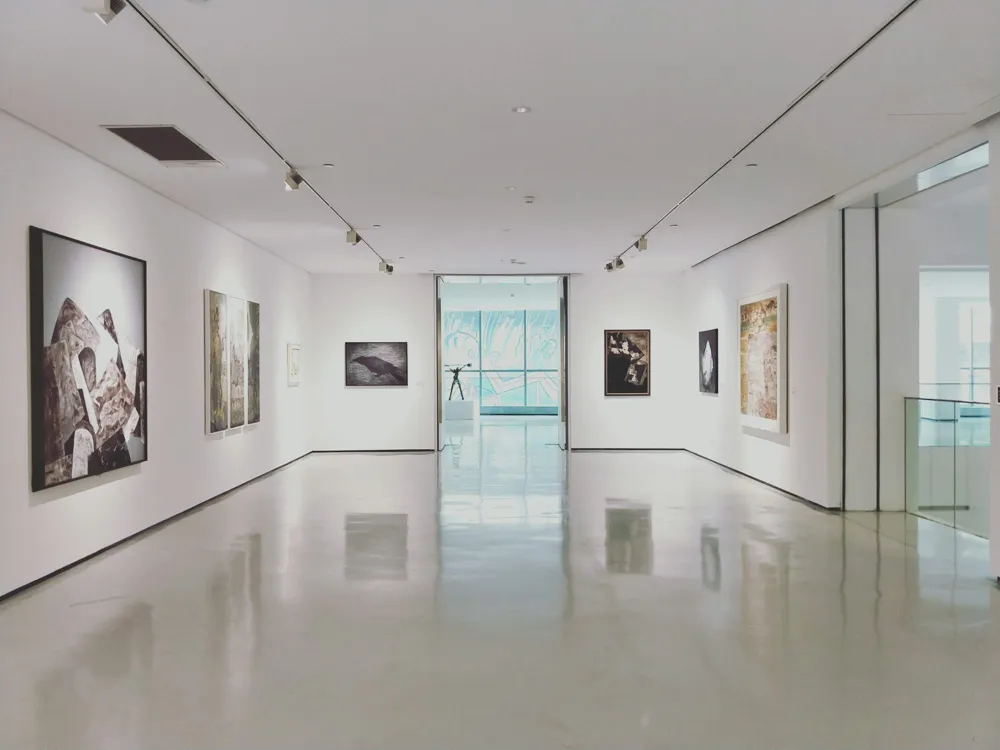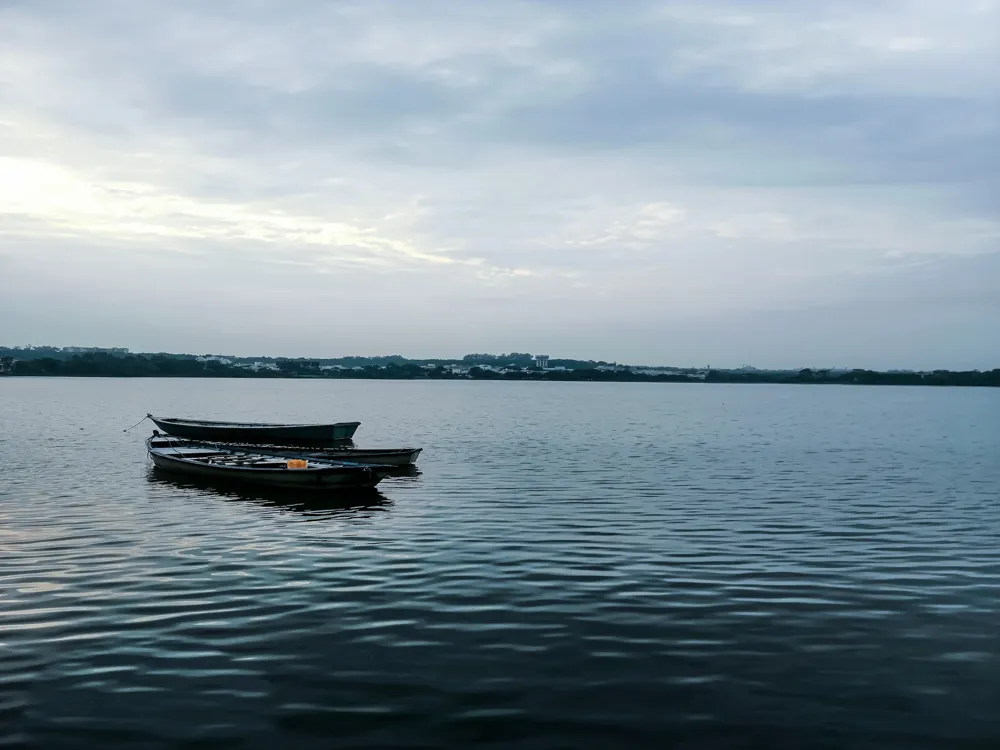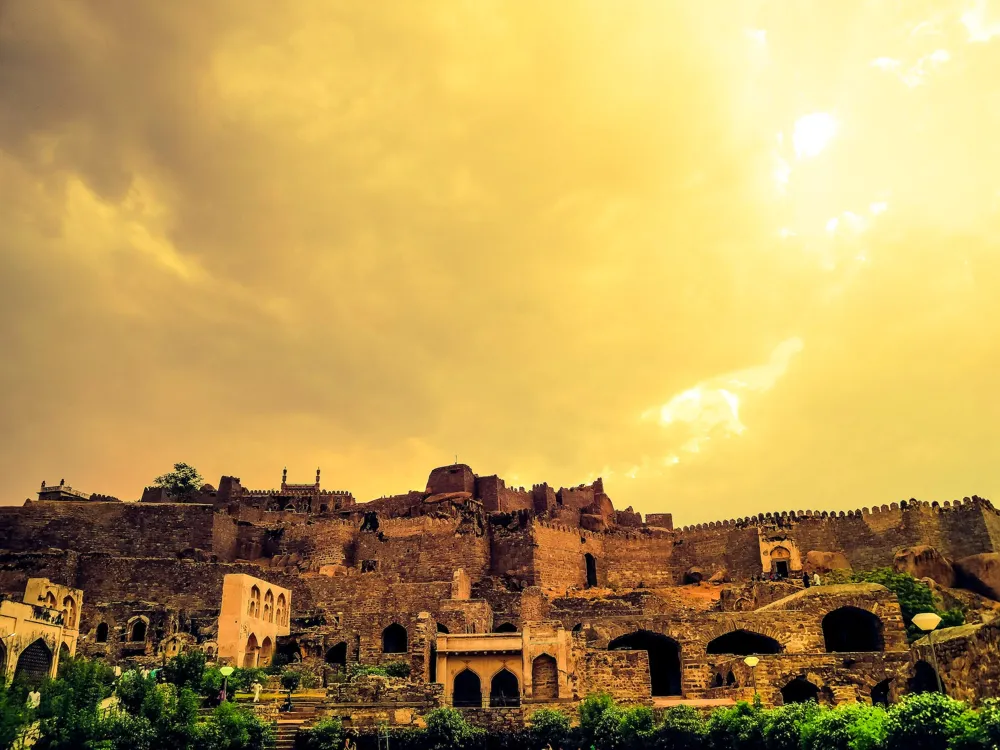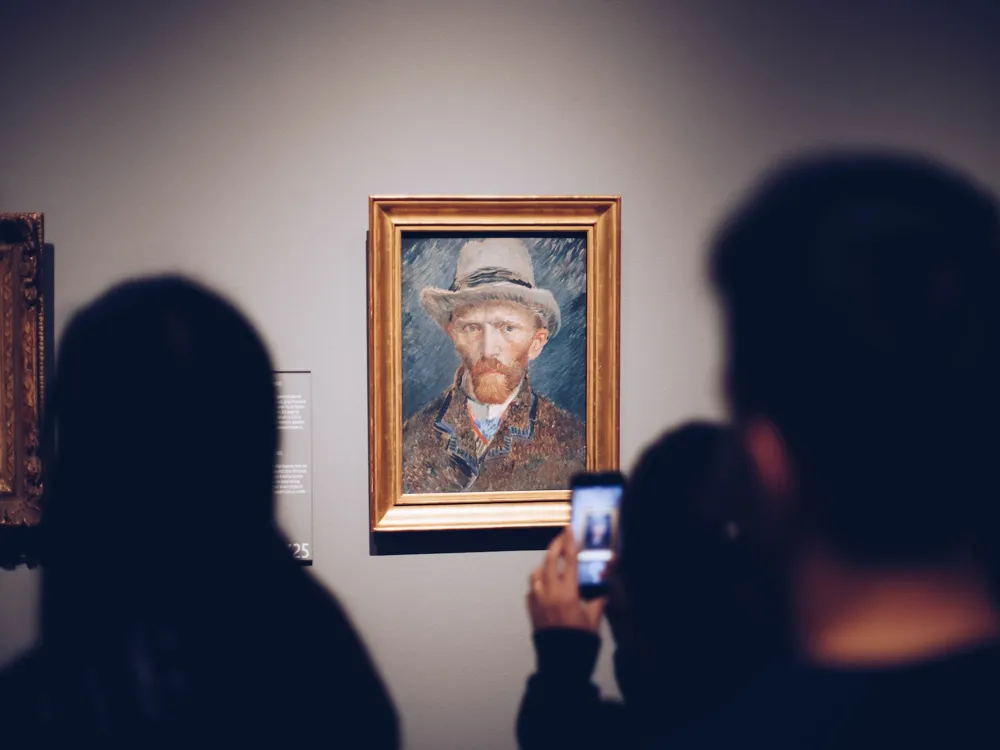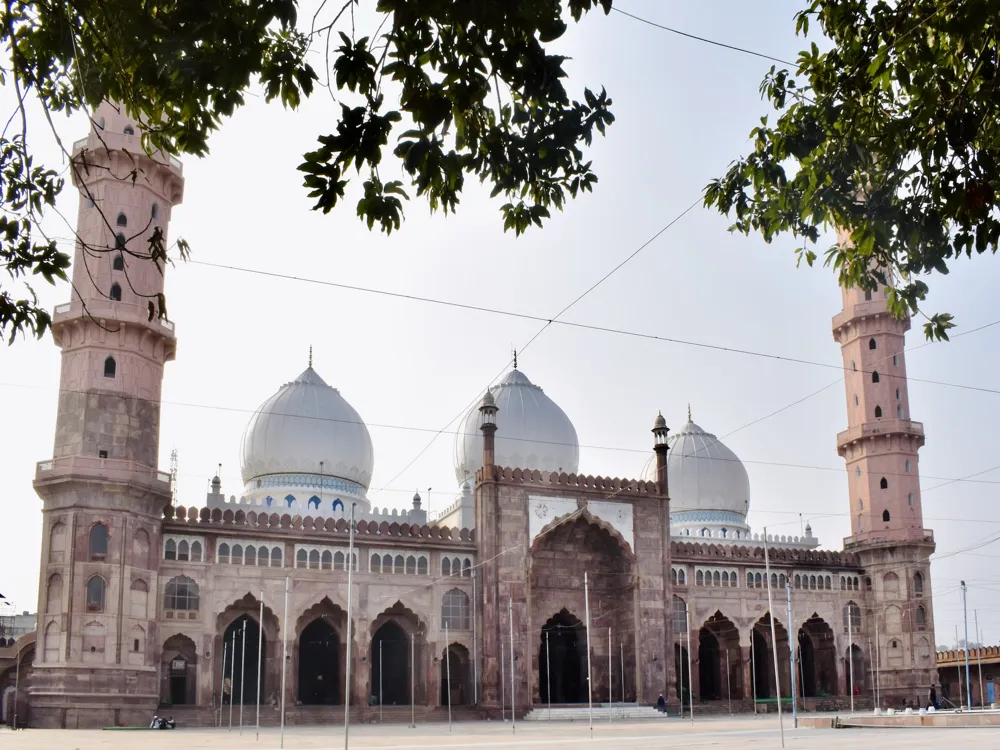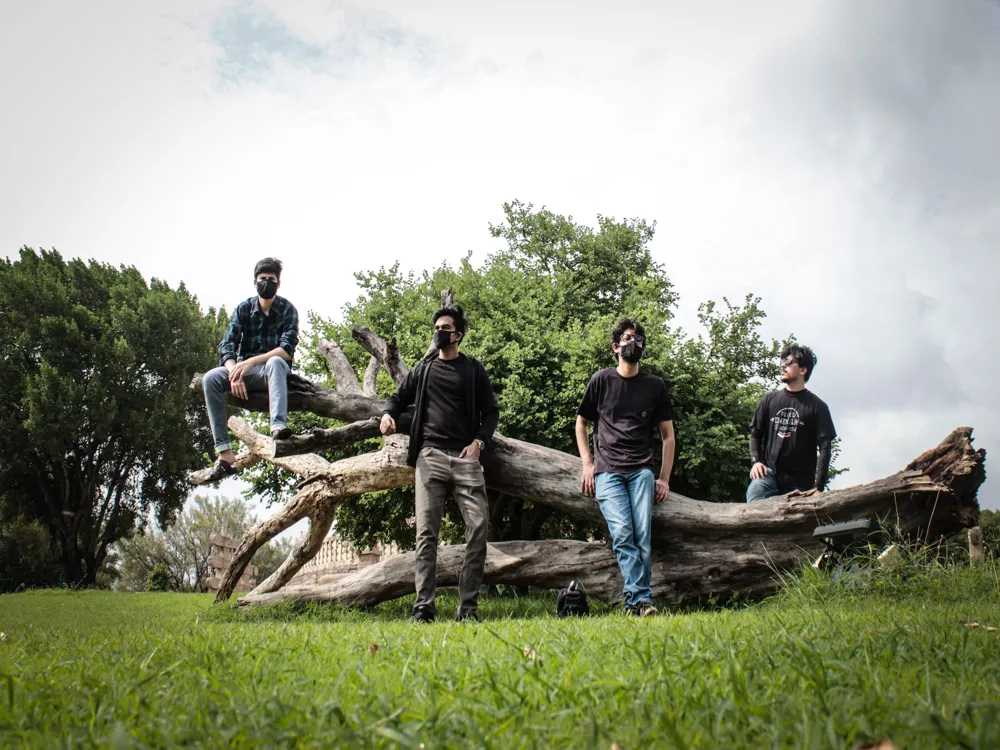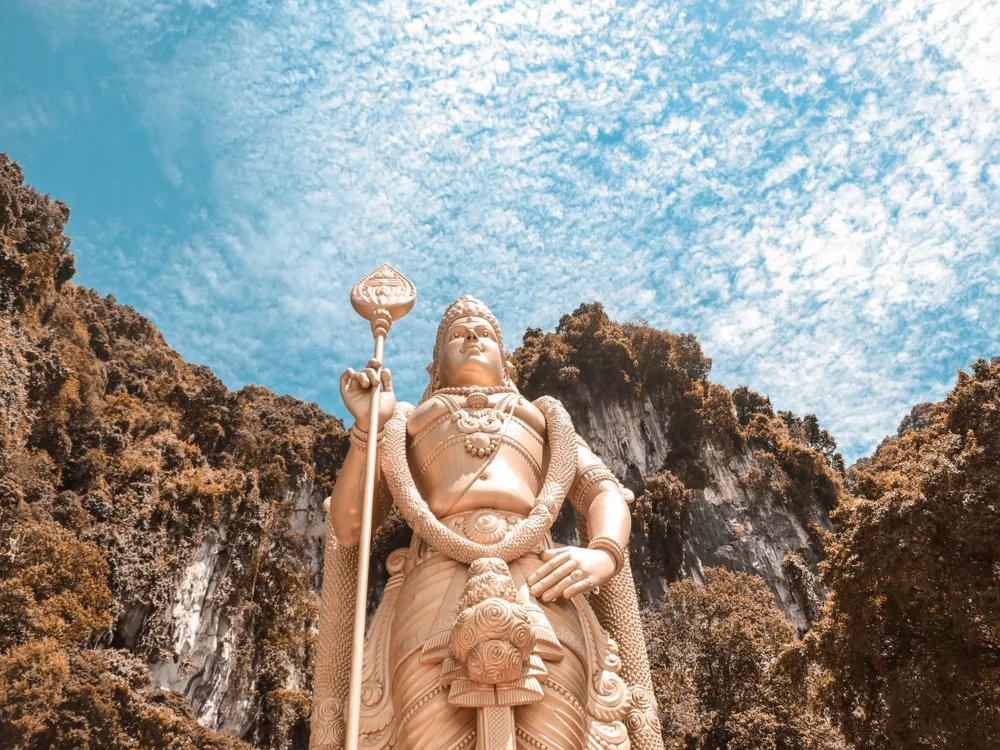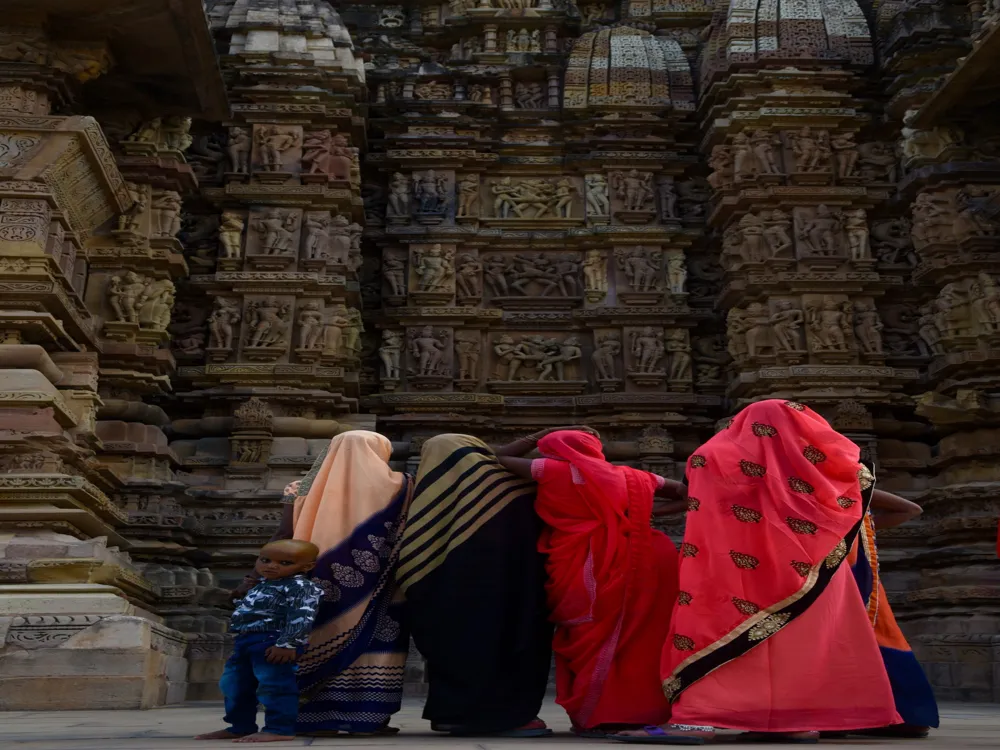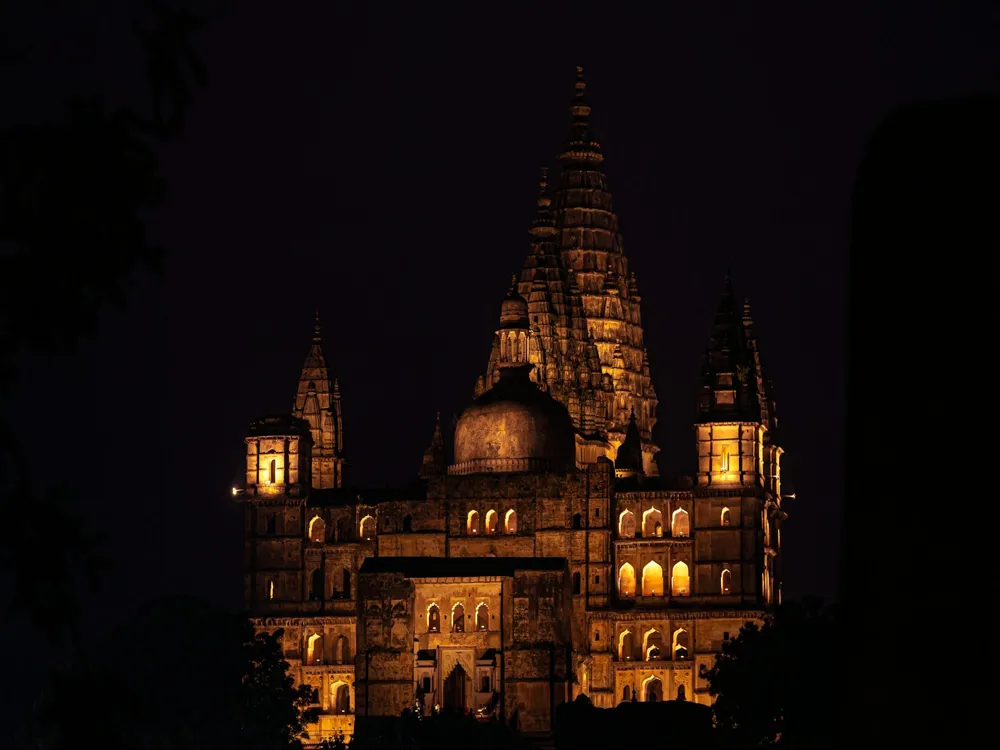The Rani Kamlapati Palace, a jewel in the heart of Bhopal, Madhya Pradesh, stands as a testament to the rich history and cultural heritage of the region. This historical edifice dates back to the 18th century and was named after Queen Kamlapati, the widow of Nizam Shah, the Gond ruler. The palace symbolizes the architectural brilliance and the artistic endeavors of the era. Nestled amidst lush greenery, the palace offers a glimpse into the opulent lifestyle of the Gond rulers and their contributions to the region's history. The architectural grandeur of the palace is evident in its intricate designs and detailed craftsmanship. Constructed primarily of locally sourced materials, the structure showcases a unique blend of Mughal and Rajput architectural styles, reflecting the diverse cultural influences of the period. The palace complex is adorned with beautifully carved arches, expansive courtyards, and stunning frescoes, which depict scenes from the life of Rani Kamlapati and the legends of the Gond dynasty. The palace not only served as a royal residence but also as a center of administration and cultural activities. Over the centuries, Rani Kamlapati Palace has witnessed several historical events and has undergone numerous renovations. Today, it stands as a protected monument and a major tourist attraction, drawing history enthusiasts and travelers from around the globe. The palace's serene ambiance, combined with its historical significance, makes it a must-visit destination for anyone exploring the rich tapestry of India's heritage. The Rani Kamlapati Palace is a masterpiece of architectural excellence, showcasing a harmonious blend of Mughal and Rajput styles. The palace's design reflects the sophistication and artistic sensibilities of the era. One of the most striking features of the palace is its imposing entrance, marked by a grand archway that leads into the main courtyard. The archway is intricately decorated with carvings and motifs, which are indicative of the Mughal influence on the region's architecture. The main courtyard, surrounded by colonnaded corridors, forms the heart of the palace. It served as a venue for royal gatherings and ceremonial functions. The use of red sandstone and marble in the construction of the corridors adds to the elegance of the structure. The intricate jali work (lattice screens), a hallmark of Mughal architecture, allows for natural light and air to permeate the palace interiors, creating a play of light and shadows that enhances the mystical aura of the palace. The interiors of the palace are equally magnificent, with high vaulted ceilings, ornate pillars, and detailed frescoes that depict scenes from Hindu mythology and the royal lineage of the Gonds. The fusion of architectural elements from different cultures is evident in the layout and design of the palace, making it a unique representation of the cultural melting pot that was medieval India. The ideal time to visit the Rani Kamlapati Palace is between October and March when the weather in Bhopal is pleasant and conducive for exploring. The cooler temperatures during these months offer a comfortable environment for tourists to enjoy the outdoor beauty and architectural splendor of the palace. Opting for a guided tour can enhance your experience as knowledgeable guides provide insights into the palace's history, architecture, and the legends of Rani Kamlapati. These tours often include anecdotes and historical contexts that are not readily available in guidebooks. As the palace is a historical monument, visitors are advised to dress modestly and comfortably, considering the cultural sensitivities and the walking involved in exploring the palace. Rani Kamlapati Palace, located in Bhopal, is well-connected and easily accessible by various modes of transportation. The city of Bhopal is served by the Raja Bhoj Airport, which is approximately 15 kilometers from the palace. Visitors can hire taxis or use public transport to reach the palace from the airport. For those traveling by train, Bhopal Junction Railway Station is the nearest major railway station, located around 5 kilometers from the palace. Local buses, auto-rickshaws, and taxis are readily available from the railway station to the palace. Additionally, the city's well-developed road network makes it convenient for visitors to drive to the palace or hire a cab from neighboring cities. Read More:Overview of Rani Kamlapati Palace, Bhopal, Madhya Pradesh
Architecture of Rani Kamlapati Palace
Tips When Visiting Rani Kamlapati Palace
Best Time to Visit
Guided Tours
Dress Appropriately
How To Reach Rani Kamlapati Palace
Rani Kamlapati Palace
Bhopal
Madhya Pradesh
NaN onwards
View bhopal Packages
Weather :
Tags : Forts & Palaces
Timings : 10:00 AM - 5:00 PM
Time Required : 1-2 hrs
Entry Fee : No Entry Fee
Planning a Trip? Ask Your Question
Bhopal Travel Packages
View All Packages For Bhopal
Top Hotel Collections for Bhopal

Private Pool

Luxury Hotels

5-Star Hotels

Pet Friendly
Top Hotels Near Bhopal
Other Top Ranking Places In Bhopal
View All Places To Visit In bhopal
View bhopal Packages
Weather :
Tags : Forts & Palaces
Timings : 10:00 AM - 5:00 PM
Time Required : 1-2 hrs
Entry Fee : No Entry Fee
Planning a Trip? Ask Your Question
Bhopal Travel Packages
View All Packages For Bhopal
Top Hotel Collections for Bhopal

Private Pool

Luxury Hotels

5-Star Hotels

Pet Friendly







